|
The most important way that history is shared is through story. Just think of the thousands and thousands of years of our history, where people shared stories around the fire, passed down from generation to generation.
0 Comments
When You're the Parent and Teacher of Multiple ChildrenA common question we get is, "how can I possibly homeschool successfully with more than one child?!!!
We at Daily Wonder fully recognize this challenge and are here to encourage you to go for it. We have collected our ideas based on teaching experience and feedback from other DW members. We hope you'll be inspired and encouraged to persevere through the inevitable learning curve. Let us remind you that not only do you need to learn to homeschool for two different grades, but most of you are new to homeschooling entirely and ought to cut yourself some slack. You heard it here; take a deep breath; you've got this! Here are the top 10 suggestions for homeschooling more than one child: How Does Daily Wonder Approach History and Geography?
We get asked this important question often, as we are a Canadian-based company with members worldwide. So, how exactly do we approach subjects that are location specific? We Follow the Waldorf Developmental Approach Pssst! We now have Kindergarten curriculum which you can find HERE AND we have a mini-course: Learn to Teach Finger Knitting which you can find HERE. The essential elements of a Waldorf Kindergarten are not the specific activities (baking, painting, etc.) but should reflect the underlying philosophy of Waldorf-inspired kindergarten: It's play-based, non-academic, and nature-inspired.
The kindergarten-aged child (and even the 3-4-year-old) learn through imitation, open-ended creative play, movement, music, stories, artistic activities and purposeful work. Your role as the parent is to form the daily and weekly rhythm, create lots of opportunity to learn and play, and build your relationship with your child. Daily Wonder Literacy ProgramAt Daily Wonder, learning to read evolves for each child in the same form as it evolved from the beginning of humanity: spoken language developed first, then people drew pictures to communicate their ideas, followed by symbols such as hieroglyphics and finally the abstract letters of our modern alphabets. Once there was a written language, people learned to read. This unfolding inspires the sequence of the literacy program laid out in Daily Wonder curriculum. For Daily Wonder, the central theme for all lessons, in every subject, is the human story. We use storytelling to shape and deliver the living pictures behind every lesson, including the literacy program.
Each Daily Wonder unit comes complete with three weeks of guided daily curriculum and a 4th week called a Flex Week. Parents can rest assured that the curriculum is covered as planned for each unit during the first three weeks. If parents choose to continue the daily routine with Flex Week, they will continue to cover the curriculum and expand on that with design thinking as well.
The Flex Week project for the Grade 2, Month 7, The Wonder of Reading unit is the completion of a Kindness Quilt. The theme of kindness runs through the stories told during this unit. Stories of kindness are a perfect backdrop for the level of reflection appropriate for the 7 or 8-year-old. It is more developmentally appropriate for a child this age to feel how they feel rather than to think about how they feel. This means it is easier for them to read about kindness and feel how that care feels than for them to bring this into their thinking for analysis. Hey Parents! After you have been a super hero and guided your child through the Daily Wonder morning lesson, maybe you want to take a step back, maybe you have to attend to your regular job, or maybe you need a coffee break. Whatever the reason, learning does not have to stop. In fact, learning is an ongoing process, and Daily Wonder will show you how easy it is to connect regular homeschool activities like free-play and everyday life experiences with worldwide learning standards!
Teaching cursive is fun, easy, and has great pay-off. Cursive can be especially supportive to those that struggle with forming print, reversing letters, eye-tracking, or reading. Not convinced it’s worth it? Check out these articles that explain some of the benefits of teaching cursive.
Literacy Benefits: Scholastic.com Biological and Psychological Benefits: PsychologyToday.com Daily Wonder recommends teaching cursive as soon as grade two, when your child knows all the letters, knows their sounds, and is beginning to understand the rules for encoding (spelling). We recommend that the archetypal forms are brought in order of difficulty rather than letter by letter. Below is a step-by-step guide to bringing the forms that are the basis for the letters. Remember, any new skill needs daily practice to become a capacity. We recommend that once you have brought all the forms/letters that cursive then becomes your expectation for all written work. It can take a whole year to become a natural at cursive but just think of all the brain pathways you will create and strengthen in your child, what a gift Year 5, Month 7 The Wonder of Greek MythologyHere is a little snippet from the overview of the Daily Wonder Greek Mythology unit. Curriculum OverviewThe Year 5, Month 7 unit, The Wonder of Greek Mythology, offers wonderful "soul food" for Grade 5 children. The myths of the Greek gods and goddesses offer rich characters and drama. Studying the Greek myths also allows children to see how deeply these myths are embedded in our culture and are often referenced in our arts and entertainment. It is deeply nourishing and educational when children understand the roots of Ancient Greece and Greek Mythology, and therefore have a deeper connection when references are made in modern comics, television and movie culture. This unit also provides an opportunity to learn about Greece's geography, the Greek alphabet, the Olympics, the Greek connection to the English language, poetic odes and hexameter, grammar and writing development, and artistic work. Developmental ConnectionThe Grade Five student is considered at the "Golden Age" of childhood. They are balancing at this moment between childhood and puberty. There is grace, capability, and earnestness in this balance between two worlds. There was a time in Ancient Greece's history that was known as the "Golden Age'. Humanity was standing, poised and balanced between a dreamy child-like consciousness and a wakeful, intellectually capable consciousness. At this meeting point, the Greeks emerged as the ultimate example of grace, beauty, athletic ability, and intellectual and philosophical thought. The fact that the work produced thousands of years ago is still so highly esteemed is a tribute to the achieved greatness. Grade 5 children, standing in their Golden Age, must be inspired by greatness of such a high calibre. They must feel the call to their best work and their best effort. It will be through their artistic endeavours, their poetic writing and recitation, and their athletic efforts that they will feel their power, grace and inner beauty shining forward. This time in their life and the depth of their abilities provide them with a deep feeling of confidence and trust that will carry them into puberty and beyond. Parent ReflectionQuestions to ask before the unit begins: What is my connection to Greek Mythology? What do I hope to gain from bringing this unit to my child? What do I hope that my child gains?
Questions to ask at the end of the unit: What new connections did I make with this material? What wonder did I discover about Greek Mythology and its influence that still exists today? How did my child receive these lessons? What wonder was inspired? 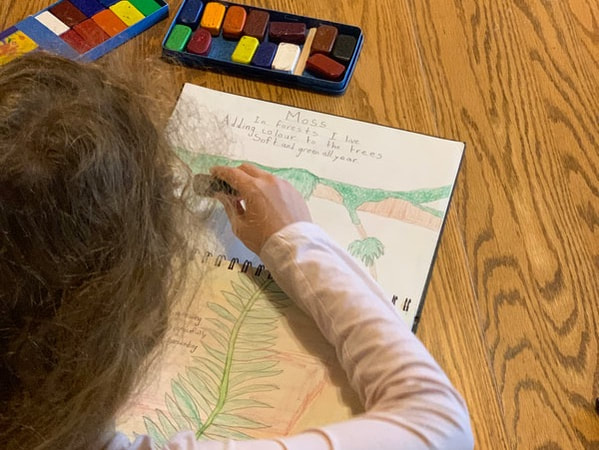 New to home schooling? No problem. Daily Wonder can help you get started. You can trust that the planning is tried and true and will save your time to use for assembling materials instead of using your weekend to plan. Not new to home schooling? Welcome. Daily Wonder offers organized, easy to use daily lesson plans when you are re-thinking your current routine. Not sure? No problem, you can sign up for monthly membership and cancel anytime. Try it for a month and see if it is a fit. One of the many gifts of home schooling is that you can change and transform your curriculum, routine and schedule as you wish. With DW you are not locked in, we offer you the freedom to try it when, and for how long, it fits your goals. Here are five reasons parents are choosing Daily Wonder:
We know planning can take the joy out of home schooling. We have your back. We have been panning for 20 years and feel like it is high time we share. What is your favourite part about preparing for a year, unit, or day of home schooling? |
BlogExplore schedules, rhythms & routines, songs, music, festivals, free play, meals, projects & more to support your homeschooling program.Categories
All
Archives
July 2024
|
You might be wondering... |
Visit us on Teachers Pay Teachers© COPYRIGHT 2020. ALL RIGHTS RESERVED
Serving your worldwide educational needs from Comox Valley, BC, Canada. |




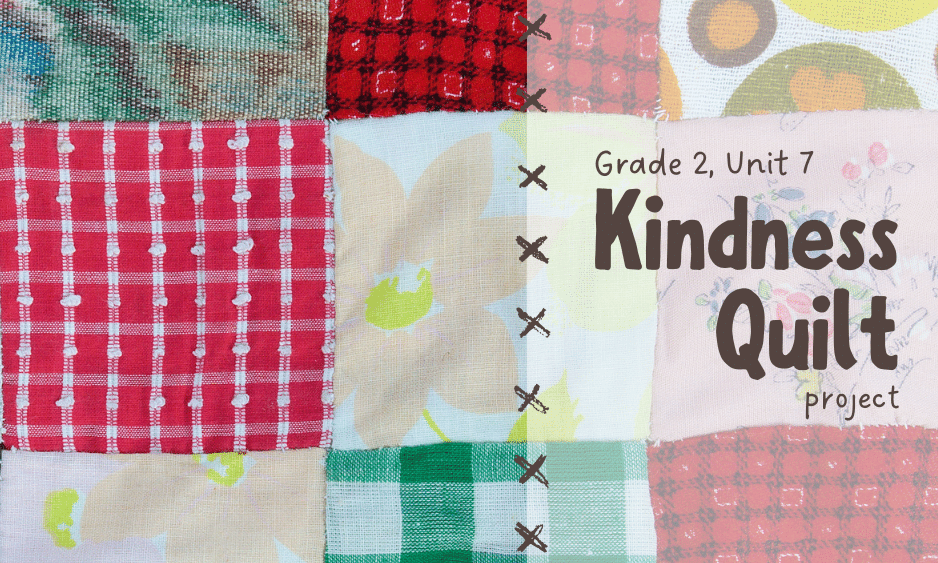

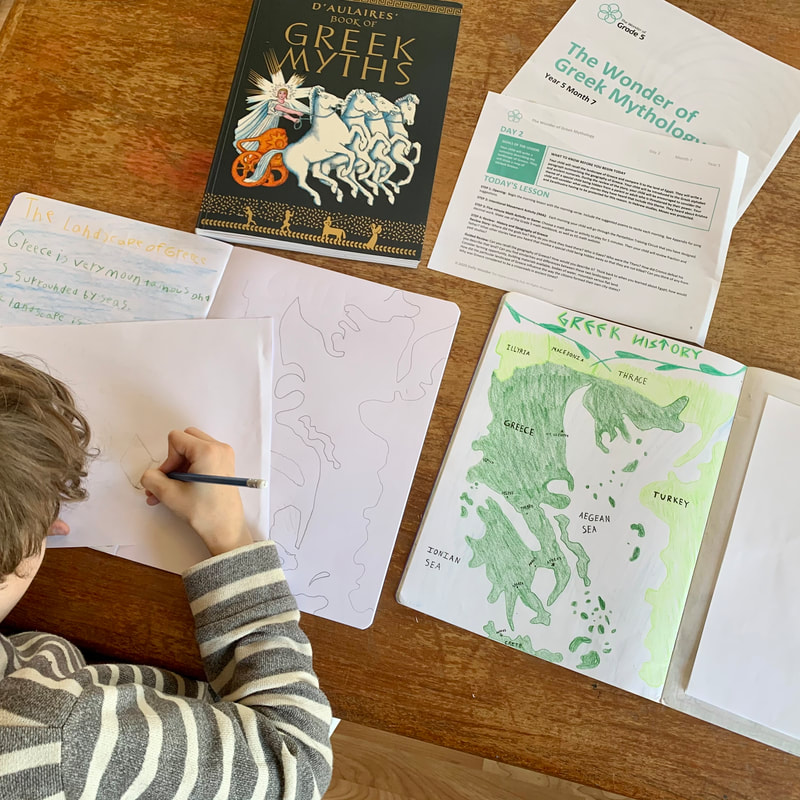
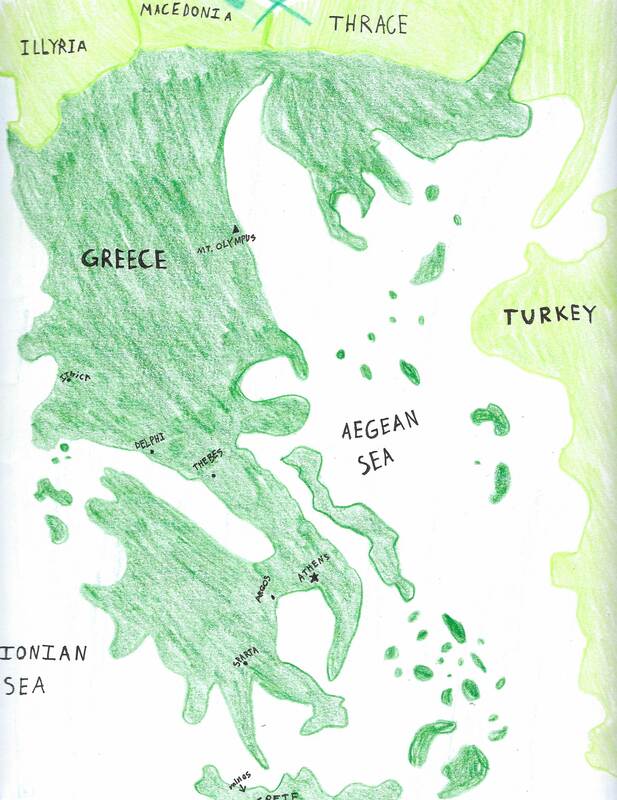
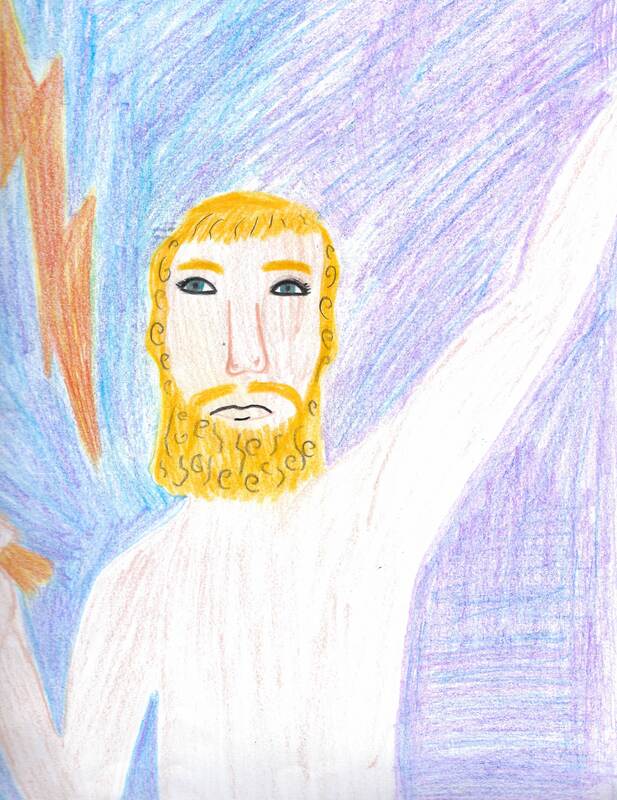
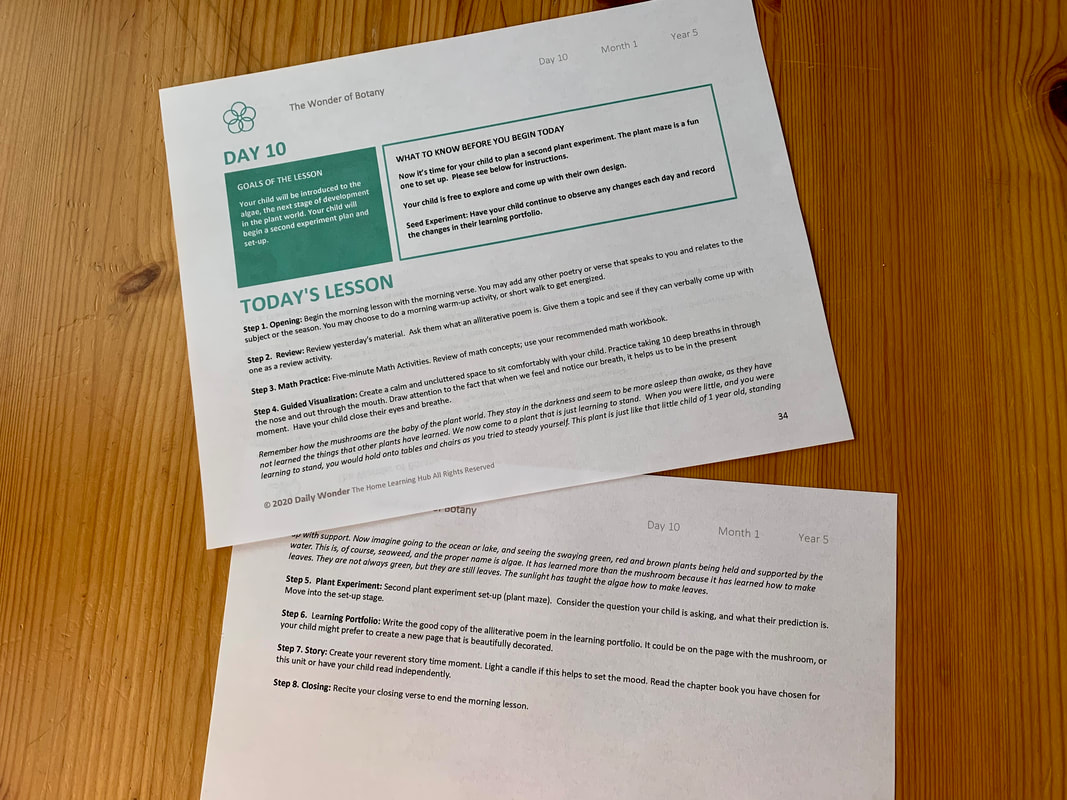
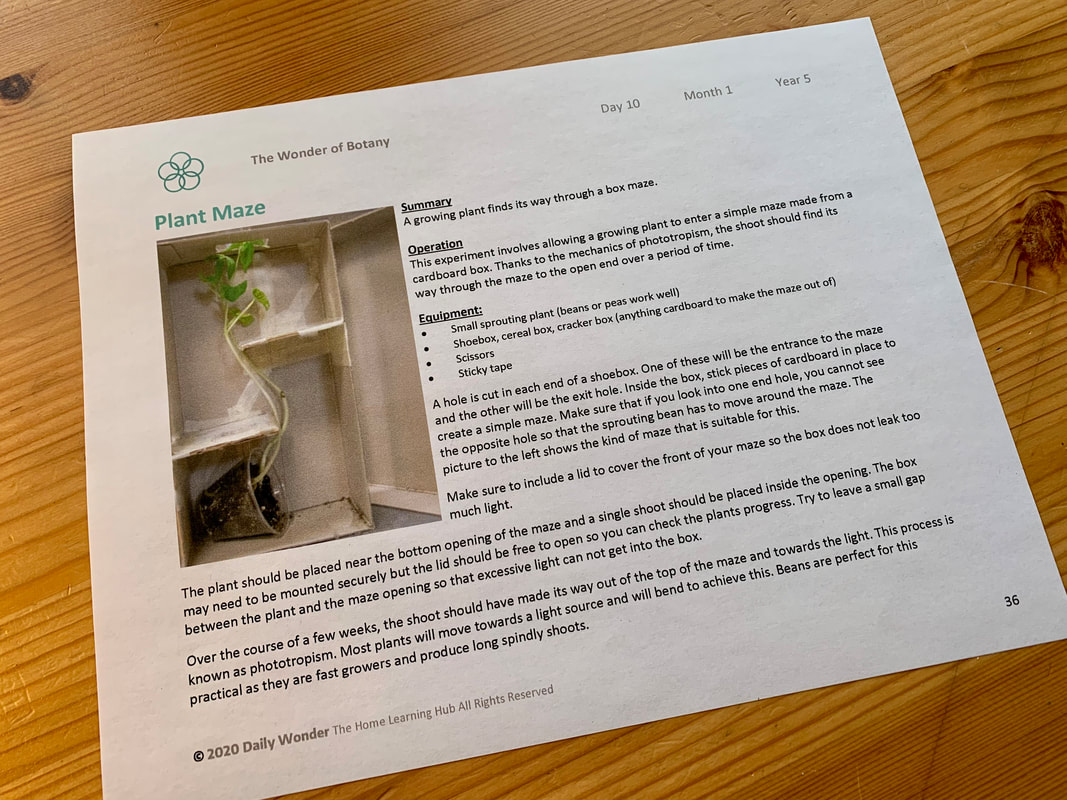
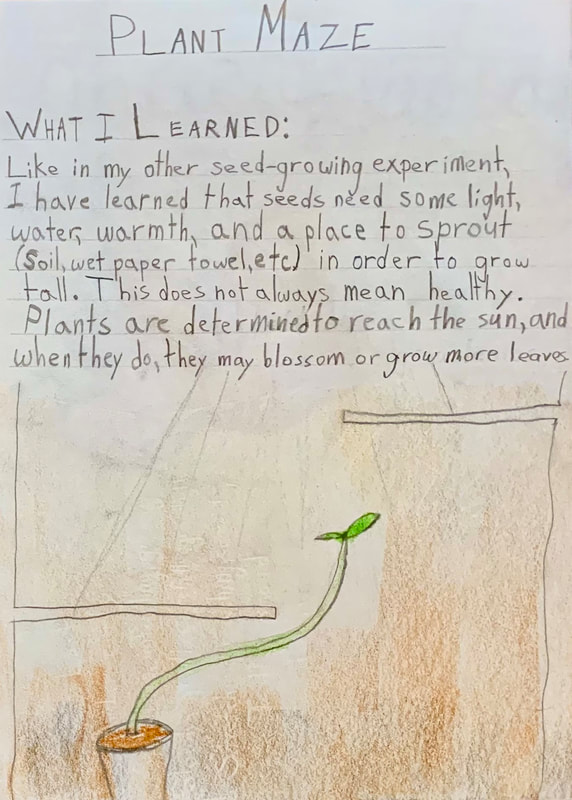
 RSS Feed
RSS Feed